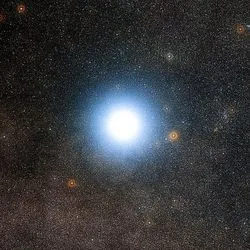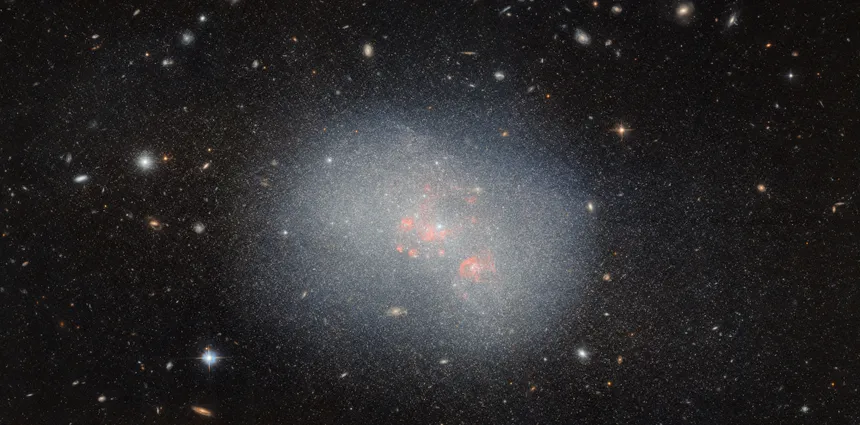A team of astronomers has made a groundbreaking discovery, uncovering a rare star system in which six planets orbit around one star in an elaborate geometrical pattern due to a phenomenon known as orbital resonance. The system, named HD110067, is located 100 light-years away and was studied using a combination of data from NASA’s Transiting Exoplanet Survey Satellite (TESS) and the European Space Agency’s (ESA) CHaracterising ExOPlanet Satellite (CHEOPS).
The six planets in the system orbit in a unique pattern, with one planet completing three orbits while another does two, and one completes six orbits while another does one, and another does four orbits while another does three, and so on. This pattern creates a “resonant chain” where each planet is in resonance with the planets next to it. According to Hugh Osborn of the University of Bern, one of the researchers involved in the study, this is an extremely rare occurrence. “Amongst the over 5,000 exoplanets discovered orbiting other stars than our sun, resonances are not rare, nor are systems with several planets. What is extremely rare though, is to find systems where the resonances span such a long chain of six planets,” Osborn explained.
The planets in this system are all sub-Neptunes, which are planets smaller than Neptune and unlike any of the planets in our own solar system. These types of planets are thought to be some of the most common exoplanets, and they are often formed in resonance due to the gravitational forces involved. However, this delicate balance is easily disrupted by perturbations such as a passing star or an impact from a large asteroid or comet.

A Rare Celestial Harmony Uncovered in a Far-Distant Star System
The researchers were able to trace a link between two neighbor planets at regular time intervals along their orbits, creating a unique pattern for each couple. When combined, the six planets create a mesmerizing geometric pattern due to their resonance-chain. This pattern is thought to be a result of the planets’ gravitational interactions, which have allowed them to maintain their precise orbits over time.
The discovery of the HD110067 system is significant because it provides a unique opportunity to study what a planetary system might look like if it has avoided the dramatic events that can disrupt planetary orbits. According to Rafael Luque of the University of Chicago, who was also involved in the study, “We think only about 1% of all systems stay in resonance. It shows us the pristine configuration of a planetary system that has survived untouched.”
The research on the HD110067 system is presented in the journal Nature and highlights the importance of continued exploration and study of exoplanet systems. It also demonstrates the power of orbit-resonance phenomena in shaping the formation and evolution of planetary systems, and provides a fascinating Look into the intricate dance of celestial bodies in a distant star system.









































